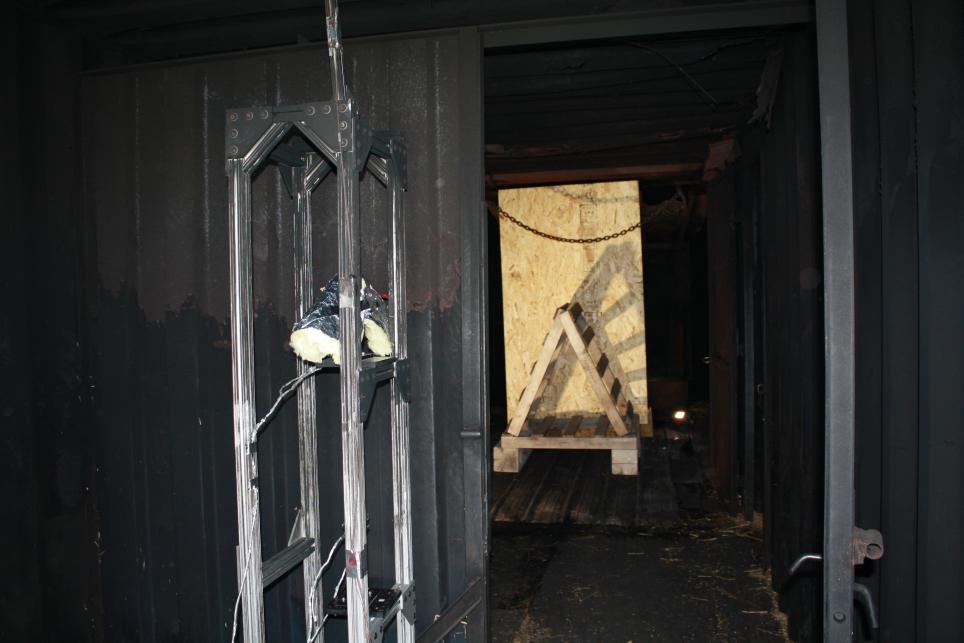-
Press Release
June 6, 2020
Fire Safety Journal Publishes Peer‑Reviewed Article on Measurements of Water Vapor in Fire Environments

UL's Fire Safety Research Institute co-authored 'In-situ measurement of water-vapor in fire environments using a real-time tunable diode laser based system (TDLAS)'
The peer-reviewed journal article describes the development of a new tool designed to measure water vapor during full-scale live fire research. This instrument is capable of measurements through varying smoke obscuration, in pre- and post-suppression environments and at high temperatures and water-vapor concentrations.
The tunable diode laser absorption spectroscopy (TDLAS) tool was validated in laboratory bench scale testing, then utilized in a series of training experiments with three types of fuel loads in three different training props. Changes in water-vapor concentration were characterized as the fire evolves and was suppressed by firefighting hose streams. These results confirm initial reports from the Study of the Impact of Fire Attack Utilizing Interior and Exterior Streams on Firefighter Safety and Occupant Survival (Fire Attack) that showed post-suppression water vapor concentrations to be comparable or lower than the maximum pre-suppression concentrations in structures that simulate typical residential fire scenarios. However, peak water-vapor concentrations are measured after suppression in typical training structures where firefighters would be operating, suggesting that post suppression conditions experienced in training fires (particularly in metal structures) may not conform to conditions in typical residential fires.
This manuscript is a component of the Study of the Fire Service Training Environment: Safety, Fidelity, and Exposure project and builds on the initial moisture measurement studies from the Fire Attack project.
UL Firefighter Safety Research Institute (FSRI) partnered with the Illinois Fire Service Institute (IFSI) Research program and the University of Illinois Department of Mechanical Science & Engineering who led the development of this tool and supported data collection from common training fire scenarios.
Funding for this project was provided by the Department of Homeland Security Fire Prevention and Safety Grant # EMW-2014-FP-00471.
Click here to read the article
About Fire Safety Journal
Fire Safety Journal is the leading publication dealing with all aspects of fire safety engineering. Its scope is purposefully wide, as it is deemed important to encourage papers from all sources within this multidisciplinary subject, thus providing a forum for its further development as a distinct engineering discipline. This is an essential step towards gaining a status equal to that enjoyed by the other engineering disciplines.